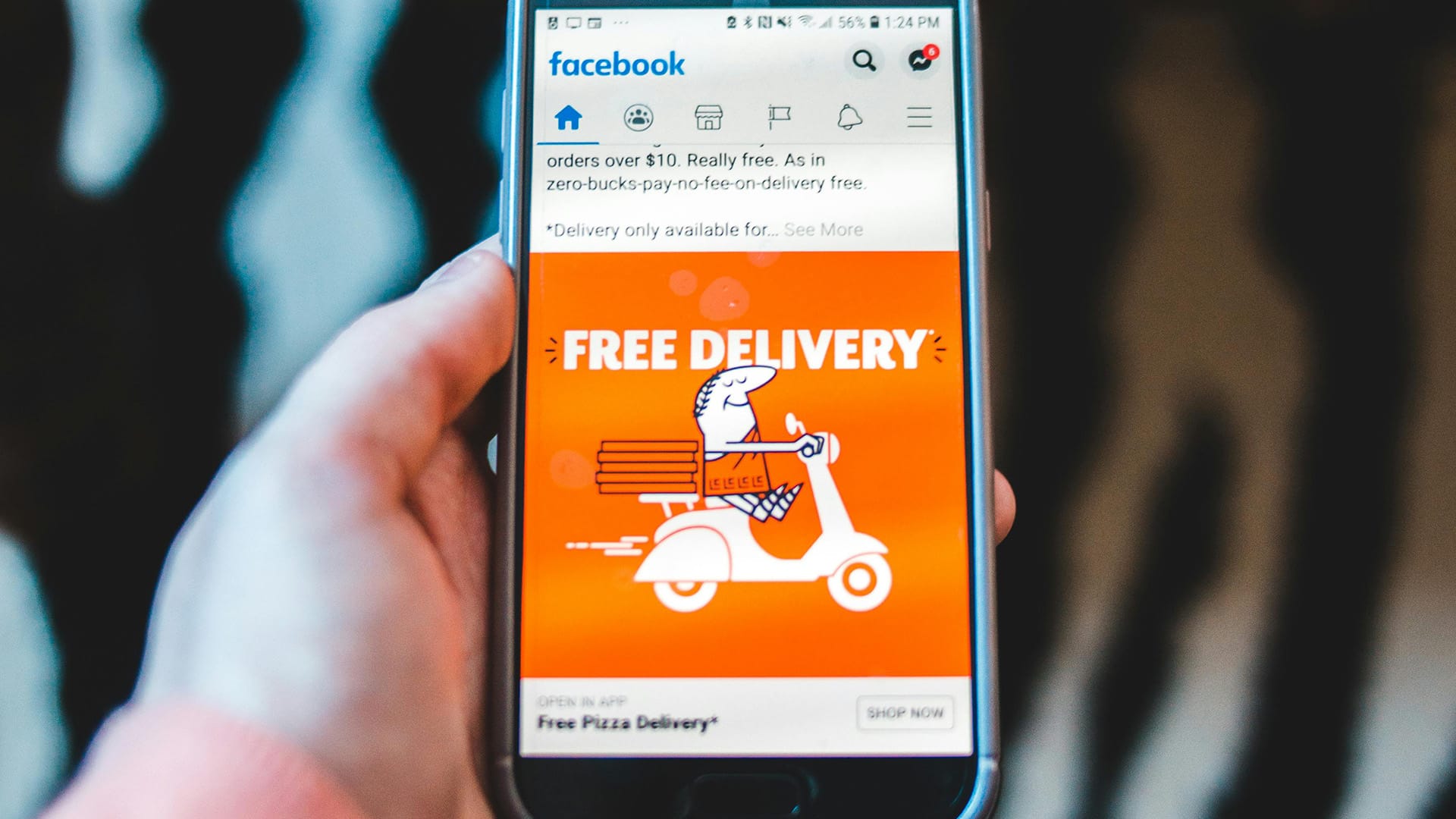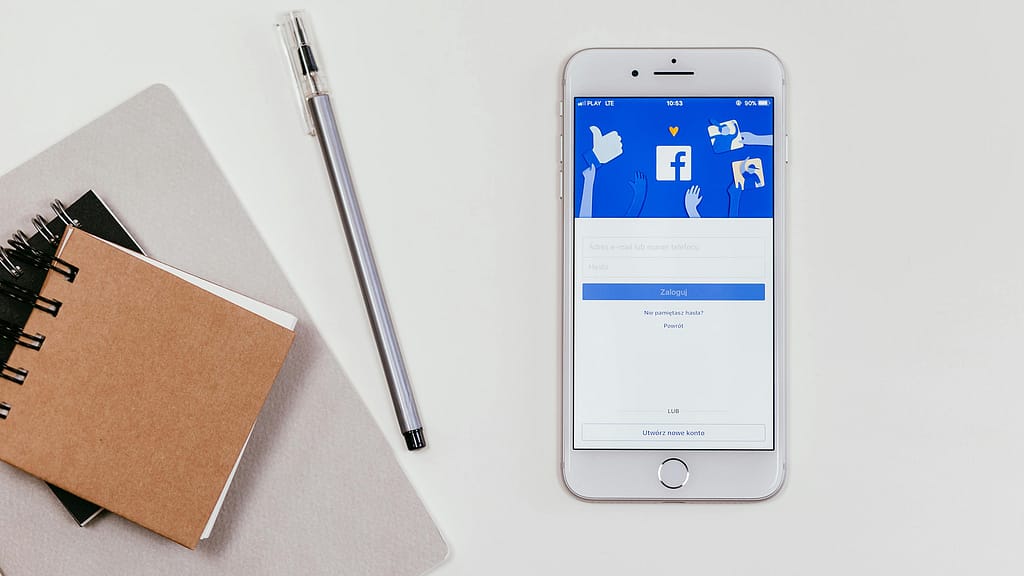
Facebook offers businesses a powerful platform to reach customers. Learning how to create it can help your business grow online. This guide explains the steps to create effective Facebook ads.
Many businesses use Facebook ads to increase brand awareness, generate leads, and drive sales. The platform gives you tools to create compelling ads that reach people likely to be interested in your products or services.
This guide will show you how to create Facebook ads from start to finish. You will learn about ad formats, targeting options, and best practices for creating successful campaigns.
Whether you run a small business or manage marketing for a large company, our today’s discussion will help you create effective Facebook ads that drive results.
Getting Started with Facebook Ads
Before you create Facebook ads, you need to set up a Facebook Business Manager account. This platform lets you manage your ads, pages, and the people who work on them.
The first step to create ads on Facebook is to visit business.facebook.com and create an account. You’ll need to connect your Facebook page to Business Manager to start creating ads.
Once you have a Business Manager set up, you can access Ads Manager. This is where you will create and manage your Facebook ads campaigns.
If you want to get real Facebook followers to complement your ad strategy, quality matters more than quantity. You can get real Facebook followers to boost your page’s credibility while you run ads.
Setting Up Your Facebook Ads Account
To create Facebook ads, you need to set up your ads account with payment information. Facebook will charge your payment method when your ads run.
When you create your first ad campaign, Facebook will prompt you to enter your billing details. You can set daily or lifetime budgets to control your spending on ads.
Facebook offers different payment options including credit cards and PayPal. Choose the method that works best for your business when you set up your ads account.
Defining Your Facebook Ads Campaign Objectives

Facebook offers various campaign objectives to help you create ads that meet your business goals. Choosing the right objective is important for ad success.
When you start to create Facebook ads, you first select a campaign objective that matches what you want to achieve. These objectives fall into three categories: awareness, consideration, and conversion.
Awareness objectives help people discover your business. Consideration objectives get people to think about your business and look for more information. Conversion objectives encourage people to buy your products or services.
Awareness Campaign Objectives
Awareness campaigns help new customers find your business. When you create ads with awareness objectives, you focus on reaching people who haven’t heard of you before.
Brand awareness ads help you reach people likely to pay attention to your ads. Reach ads show your ad to the maximum number of people in your target audience.
Choose awareness objectives when you want to introduce your business to new customers. These campaigns create the foundation for future marketing efforts.
Consideration of Campaign Objectives
Consideration objectives help you connect with people who might be interested in your business. These objectives work well when you create Facebook ads aimed at engagement.
Traffic ads send people to your website or app. Engagement ads increase likes, comments, and shares on your posts. Video views ads promote your videos to people likely to watch them.
Lead generation ads help you collect information from people interested in your business. Message ads encourage people to contact you through Messenger.
Conversion Campaign Objectives
Conversion campaigns drive sales and other valuable actions. When you create ads focused on conversions, you target people ready to buy.
Catalog sales ads show products from your catalog to people likely to buy. Store traffic ads promote your physical stores to people nearby. Conversion ads encourage specific actions on your website or app.
Choose conversion objectives when you want people to take specific actions like making purchases, signing up, or downloading your app.
Creating Your Facebook Ads Target Audience

The success of your Facebook ads depends on reaching the right people. Facebook offers detailed targeting options to help you create ads for specific audiences.
When you create Facebook ads, you can define your audience based on location, age, gender, language, interests, behaviors, and connections. You can also create custom audiences and lookalike audiences.
Location Targeting
Location targeting lets you show your ads to people in specific areas. You can target by country, state, city, zip code, or even a radius around a specific address.
When you create ads for local businesses, location targeting helps you reach customers near your store. You can also exclude locations where you don’t want your ads to appear.
Use location targeting to create Facebook ads that reach people in areas where you do business or ship products.
Demographic Targeting
Demographic targeting helps you reach people based on age, gender, education, job title, and more. These options help you create ads for specific groups of people.
For example, if your business sells wedding dresses, you might create Facebook ads targeting women in certain age groups who are engaged. This makes your ads more relevant to potential customers.
Use demographic targeting carefully to reach your ideal customers without excluding potential buyers unnecessarily.
Interest and Behavior Targeting
Interest targeting lets you create Facebook ads based on what people care about. Behavior targeting uses purchase history, device usage, and other activities to define your audience.
When you create ads with interest targeting, you reach people who have shown interest in topics related to your business. This increases the chances that they will respond to your ads.
Behavior targeting helps you create Facebook ads for people based on their actions. For example, you can target people who recently bought a home or are planning to travel.
Choosing the Right Facebook Ads Format
Facebook offers several ad formats to help you create engaging ads. The format you choose affects how people interact with your ad.
When you create Facebook ads, you can choose from image ads, video ads, carousel ads, collection ads, and Instant Experience ads. Each format works best for different goals.
Image Ads
Image ads are the simplest way to create Facebook ads. They include a single image, headline, description, and call-to-action button.
When you create ads with images, use high-quality photos that grab attention. The best images are clear, relevant to your message, and follow Facebook’s guidelines.
Image ads work well when you want to create Facebook ads quickly and simply. They’re good for promoting a single product or a simple message.
Video Ads
Video ads capture attention and explain complex ideas. When you create ads with video, you can tell stories that connect emotionally with viewers.
Good video ads are short, get to the point quickly, and work well without sound. Many people watch Facebook videos with the sound off, so include captions when possible.
Use video ads when you want to demonstrate products, explain services, or create emotional connections with your audience.
Carousel Ads
Carousel ads let you show up to ten images or videos in a single ad. Each image can have its own headline, description, and link.
When you create ads in carousel format, you can showcase multiple products, tell a story across several images, or explain a process step by step.
Carousel ads work well for e-commerce businesses that want to show several products in one ad. They also help when you create Facebook ads that explain complex ideas.
Collection Ads
Collection ads pair a main video or image with product images below it. When someone taps the ad, they see an Instant Experience showing more products.
This format helps you create Facebook ads that showcase products in context. For example, you might show a living room image with furniture products below that appear in the room.
Collection ads work well for retail and e-commerce businesses that want to create immersive shopping experiences.
Setting Your Facebook Ads Budget and Schedule
When you create Facebook ads, you need to set a budget and schedule. Your budget controls how much you spend, and your schedule determines when your ads run.
Facebook offers daily budgets and lifetime budgets. A daily budget sets the average amount you spend each day. A lifetime budget sets the total amount you spend over the lifetime of your ad set.
Budget Strategies
Start with a small budget when you first create Facebook ads. This lets you test different ads without spending too much money.
As you learn what works, you can increase your budget for successful ads. Facebook’s algorithm works better with larger budgets, but you don’t need to spend a lot to get started.
When you create ads with limited budgets, focus on narrow audiences. This helps your budget go further by reaching the most relevant people.
Ad Scheduling
Ad scheduling lets you choose when your ads run. You can run ads continuously or set specific hours and days.
When you create Facebook ads with scheduling, consider when your audience is online. For example, B2B companies might show ads during business hours, while retail businesses might focus on evenings and weekends.
Use the schedule that makes sense for your business and audience. You can adjust your schedule based on performance data.
Creating Compelling Ad Content
The content of your ad determines whether people notice and respond to it. When you create Facebook ads, focus on clear messages that connect with your audience.
Effective ads have attention-grabbing headlines, clear copy, strong visuals, and compelling calls to action. All elements should work together to achieve your campaign objective.
Writing Effective Ad Headlines
Headlines grab attention and set expectations for your ad. When you create ads for Facebook, write headlines that are clear and benefit-focused.
Keep headlines short—Facebook recommends 25-40 characters. Use action words and highlight what makes your offer valuable or unique.
Test different headlines to see which ones perform best. Small changes in wording can make big differences in how people respond when you create Facebook ads.
Crafting Ad Copy That Converts
Ad copy explains your offer and encourages people to take action. A good copy is clear, concise, and focused on customer benefits.
When you create ads with effective copy, you speak directly to your audience’s needs and desires. Explain how your product or service solves their problems or improves their lives.
Keep sentences short and use simple language. Avoid jargon and technical terms unless your audience uses them regularly.
Creating Visual Content That Stands Out
Visual content catches the eye and communicates your message quickly. When you create Facebook ads, use high-quality images or videos that represent your brand well.
Effective visuals are relevant to your offer, match your brand style, and follow Facebook’s guidelines. They should be clear even when viewed on small mobile screens.
Use colors that stand out in the Facebook feed without clashing. Images of people, especially faces, often perform well when you create ads for Facebook.
Measuring and Optimizing Your Facebook Ads
After you create Facebook ads, you need to measure their performance and make improvements. Facebook provides detailed analytics to help you understand how your ads perform.
Use Ads Manager to track metrics like reach, impressions, clicks, and conversions. These metrics show you what’s working and what needs improvement in your campaigns.
Key Performance Metrics
Different metrics matter for different campaign objectives. When you create Facebook ads for awareness, focus on reach and impressions. For consideration, look at engagement and click-through rates. For conversion, track return on ad spend and conversion rates.
Set up Facebook Pixel on your website to track conversions accurately. The Pixel helps you see what happens after people click on your ads.
Review performance regularly when you create ads on Facebook. Daily checks help you catch problems quickly, while weekly or monthly reviews help you spot trends.
Testing and Improving Your Ads
A/B testing helps you improve your ads over time. When you create Facebook ads for testing, change just one element at a time so you know what caused any difference in performance.
Test different images, headlines, copy, audiences, and placements. Even small improvements can significantly increase your results when you create ads consistently.
Use what you learn from testing to create Facebook ads that perform better. Over time, your campaigns will become more effective and efficient.
Conclusion
Creating effective Facebook ads requires planning, creativity, and ongoing optimization. The platform offers powerful tools to help you reach your target audience and achieve your business goals.
Start with clear objectives, define your audience carefully, and create compelling ad content. Set reasonable budgets, measure performance, and make improvements based on data.
As you gain experience, you’ll get better at creating Facebook ads that connect with your audience and drive results. The strategies in this guide will help you create successful campaigns from the beginning.
Remember that Facebook’s platform changes regularly. Stay updated on new features and best practices to make sure your ads remain effective. With practice and persistence, you can create Facebook ads that help your business grow.
Advertise with the mоѕt vіѕіtеd nеwѕ ѕіtе іn Antigua!
We offer fully customizable and flexible digital marketing packages.
Contact us at [email protected]



